Understanding Window Treatment Cord Regulations in the US and Canada
TLDR;
Window treatment cord regulations in the US and Canada now require new blinds and shades to be cordless or to have cords that are inaccessible. These rules exist to prevent child strangulation hazards, with strict standards from the CPSC in the US and Health Canada in Canada. Homeowners and businesses should ensure all new window coverings meet ANSI/WCMA A100.1 in the US or SOR-2019-97 in Canada, and consider upgrading older corded products for safety and compliance.
Why Window Treatment Cord Safety Matters
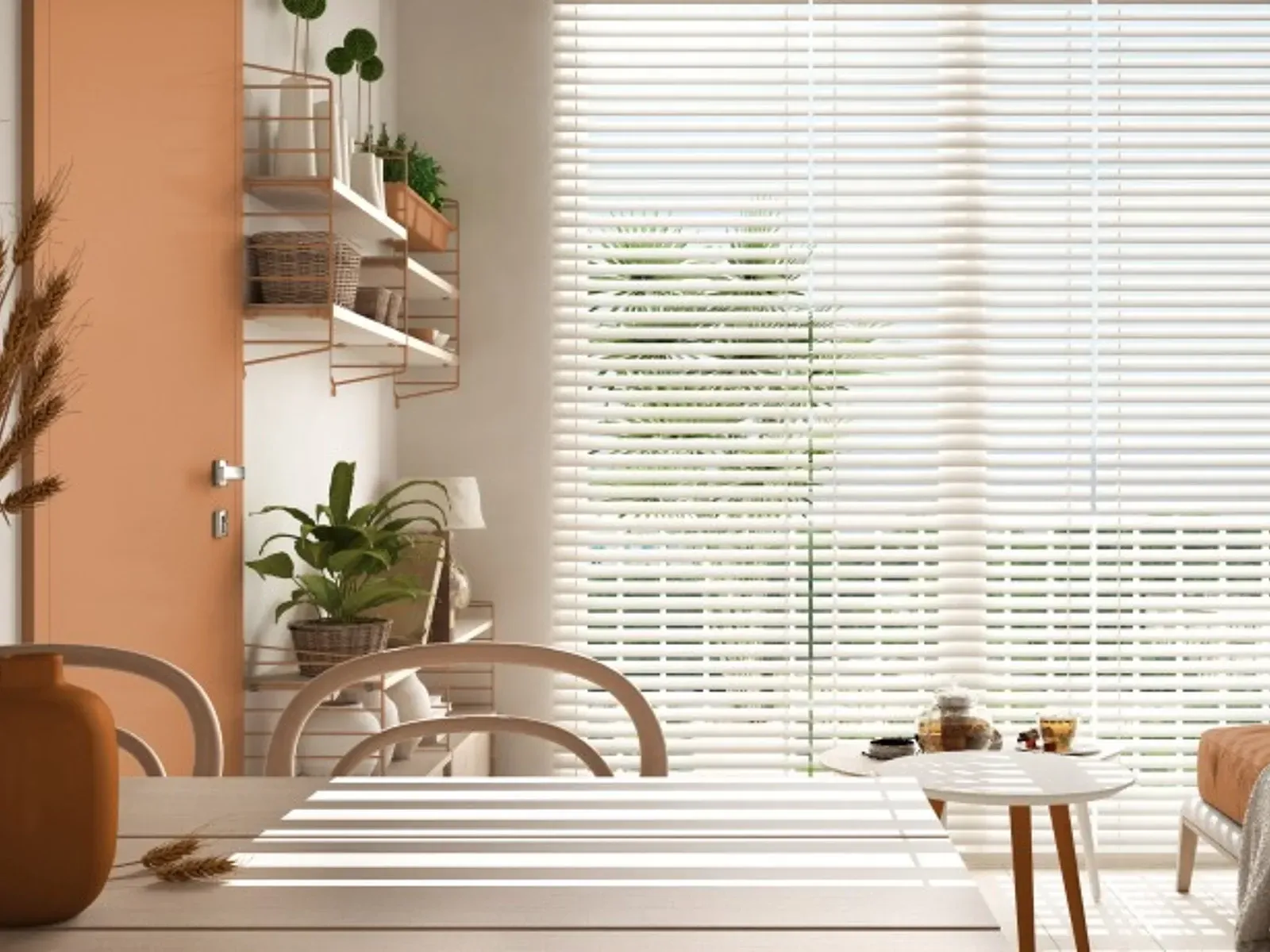
Corded blinds and shades have been linked to dozens of child deaths and injuries across North America. The risk comes from free-hanging or looped cords that children can wrap around their necks.
Key reasons safety matters:
- Strangulation can happen quickly and silently.
- Injuries occur in both residential and commercial spaces.
- Older products often fail to meet current safety expectations.
Families, landlords, and businesses must now recognize cord safety as a health priority, not an option. Simply Windows has seen growing awareness among customers who want to protect children and meet modern regulations.
Overview: Key Regulatory Bodies and Standards

Several organizations set and enforce cord safety rules.
- CPSC (Consumer Product Safety Commission) manages enforcement of US product safety rules.
- WCMA (Window Covering Manufacturers Association) develops the ANSI/WCMA A100.1 safety standard.
- Health Canada enforces regulations under the Canada Consumer Product Safety Act.
- Corded Window Coverings Regulations (SOR-2019-97) are Canada’s strict rules for cord length and loop safety.
These bodies work to reduce hazards, regulate product design, and enforce recalls or penalties.
U.S. Window Covering Cord Regulations

ANSI/WCMA A100.1-2022 and Key Changes
The ANSI/WCMA A100.1-2022 standard took effect in June 2024. It requires that most new blinds and shades must:
- Be cordless, or
- Have cords that are permanently inaccessible, or
- Use tension or safety devices to prevent hazardous loops.
Retailers across the US, including large chains, stopped selling non-compliant corded products.
Compliance Date, Scope, and Exceptions
- Enforcement began June 1, 2024.
- Applies to both stock and custom window coverings.
- Narrow exceptions exist for specialty products not adaptable to cordless design.
- U.S. Customs flags shipments at the border for compliance.
What Happens to Existing (Pre-2024) Installations
- Owners are not legally required to replace old products.
- Older blinds remain a safety hazard if cords are accessible.
- Retrofitting options are available, such as cleats or tension devices.
- Simply Windows often recommends cordless replacements for homes with children.
Canadian Corded Window Coverings Regulation
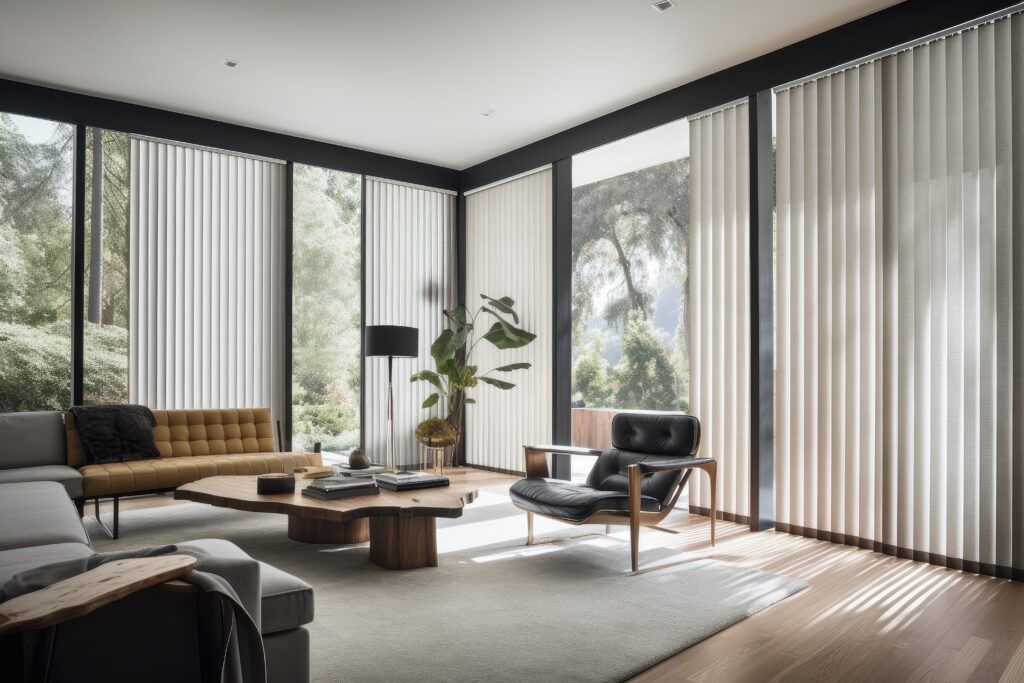
SOR-2019-97: Definition, Limits, and Testing Requirements
Canada enforces stricter technical requirements than the US. Key rules:
- Reachable cords cannot exceed 22 cm (about 8.7 inches).
- A cord cannot form a loop greater than 44 cm (about 17.3 inches) under a force of 35 N.
- Labels must warn about strangulation hazards.
- Applies to both stock and custom products.
Differences vs US Regulation and Harmonization
- US focuses broadly on banning free-hanging cords.
- Canada enforces specific numerical limits and testing requirements.
- Canadian rules apply to all products, regardless of customization.
- Cross-border retailers must adapt product lines to meet both sets of rules.
Stock vs Custom Window Coverings: Legal Differences

Why Custom Products Were Previously Exempt and New Changes
- Historically, custom orders were exempt from some safety rules.
- Many custom blinds included cords to meet unique sizing needs.
- Under ANSI/WCMA A100.1-2022, these exemptions are nearly eliminated.
How to Ensure a Custom Order Is Compliant
When ordering custom products:
- Ask if the product is cordless or motorized.
- Check for the “Best for Kids” certification label.
- Confirm whether a permanent tension device is included.
- Request written confirmation of compliance with ANSI/WCMA or SOR-2019-97.
Retrofitting and Upgrading Existing Window Coverings
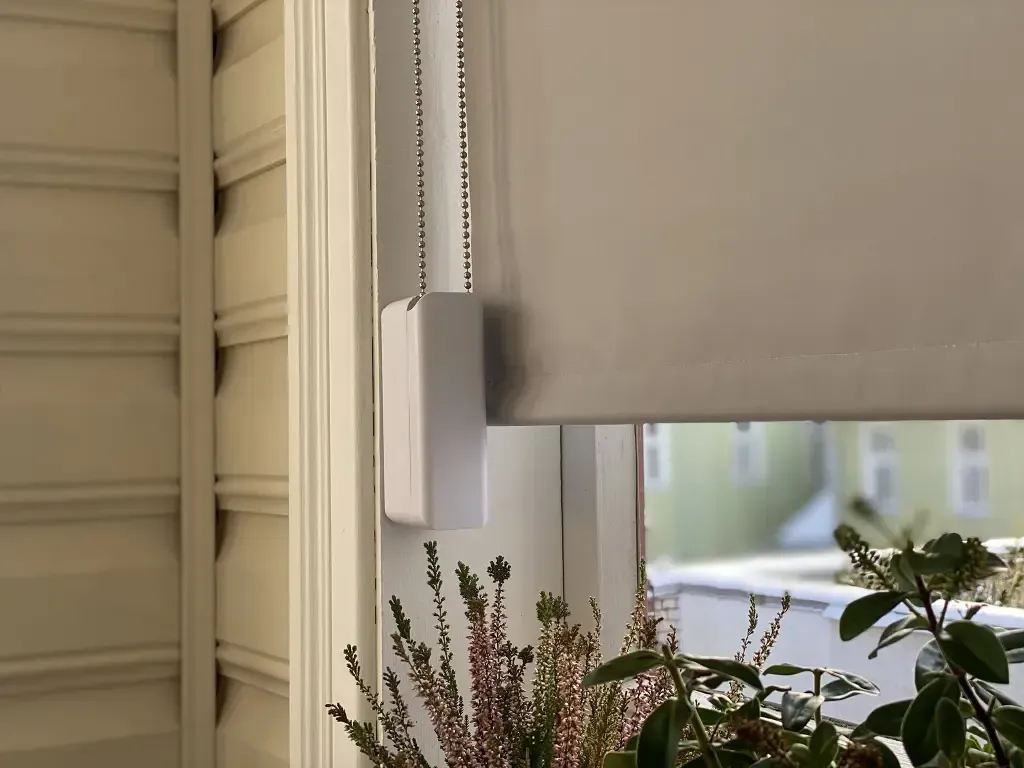
Retrofit Kits, Cord Shorteners, Tension Devices, Cleats
Options for making older products safer:
- Retrofit kits to shorten cords.
- Cord cleats mounted high out of children’s reach.
- Tension devices to prevent dangerous loops.
- Cord shrouds to cover accessible cords.
These are cost-effective but not always foolproof.
Converting to Cordless or Motorized Systems
Upgrading to cordless or motorized blinds eliminates hazards. Benefits include:
- Compliance with both US and Canadian rules.
- Convenience of remote or smart control.
- Long-term peace of mind for homeowners and businesses.
Best Practices and Safety Checklist for Homeowners and Installers

- Always install tension devices when provided.
- Keep furniture away from windows to prevent child access.
- Choose cordless or motorized products for high-risk areas like nurseries.
- Look for “Best for Kids” certification labels.
- Educate tenants or staff on proper use and risks.
Simply Windows often advises clients to treat cord safety as part of overall childproofing.
Common Questions (FAQ)
Are corded blinds legal under US safety laws?
Most new corded blinds are no longer legal for sale in the US after June 2024 unless cords are inaccessible or permanently secured.
What does Canada’s SOR-2019-97 regulation mean?
It limits reachable cord lengths and loop sizes. All new window coverings sold in Canada must comply, including custom products.
Do I need to replace my old corded blinds?
Not legally, but replacement or retrofitting is strongly recommended for safety.
What is the “Best for Kids” label?
It is a certification from WCMA identifying cordless or safe products designed for homes with children.
Legal Consequences, Liability, and Penalties
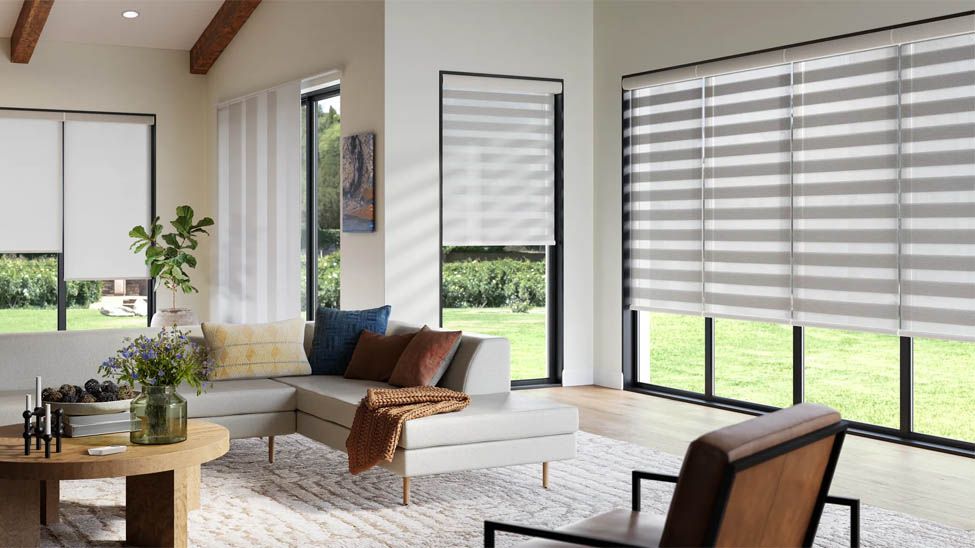
- Manufacturers and retailers risk recalls, fines, and stop-sale orders for violations.
- Non-compliant imports are blocked at borders.
- Businesses that install unsafe products may face liability claims if accidents occur.
Future Trends and Innovations in Window Covering Safety

- Growth of cordless and motorized blinds as the market standard.
- Smart shades controlled by phone or voice systems.
- Integration of child safety sensors into IoT home systems.
- Potential updates to ANSI/WCMA and Canadian rules to reflect new technology.
Resources and References
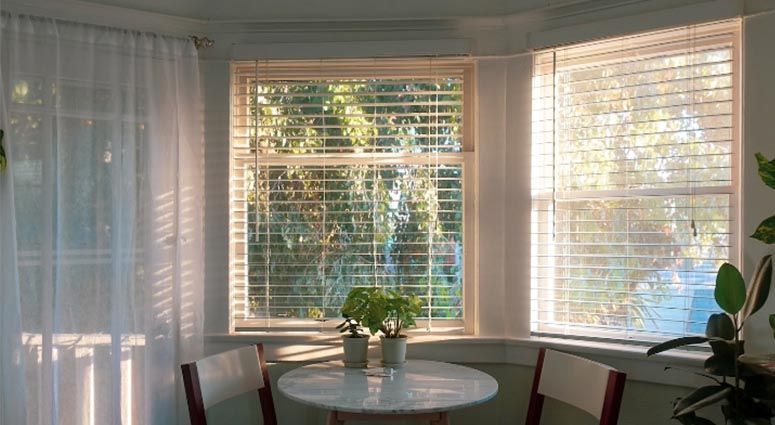
- Consumer Product Safety Commission (CPSC)
- Window Covering Manufacturers Association (WCMA)
- Health Canada
- Canada Consumer Product Safety Act (CCPSA)
- ANSI/WCMA A100.1-2022
- Corded Window Coverings Regulations (SOR-2019-97)
Action Steps for Homeowners and Businesses
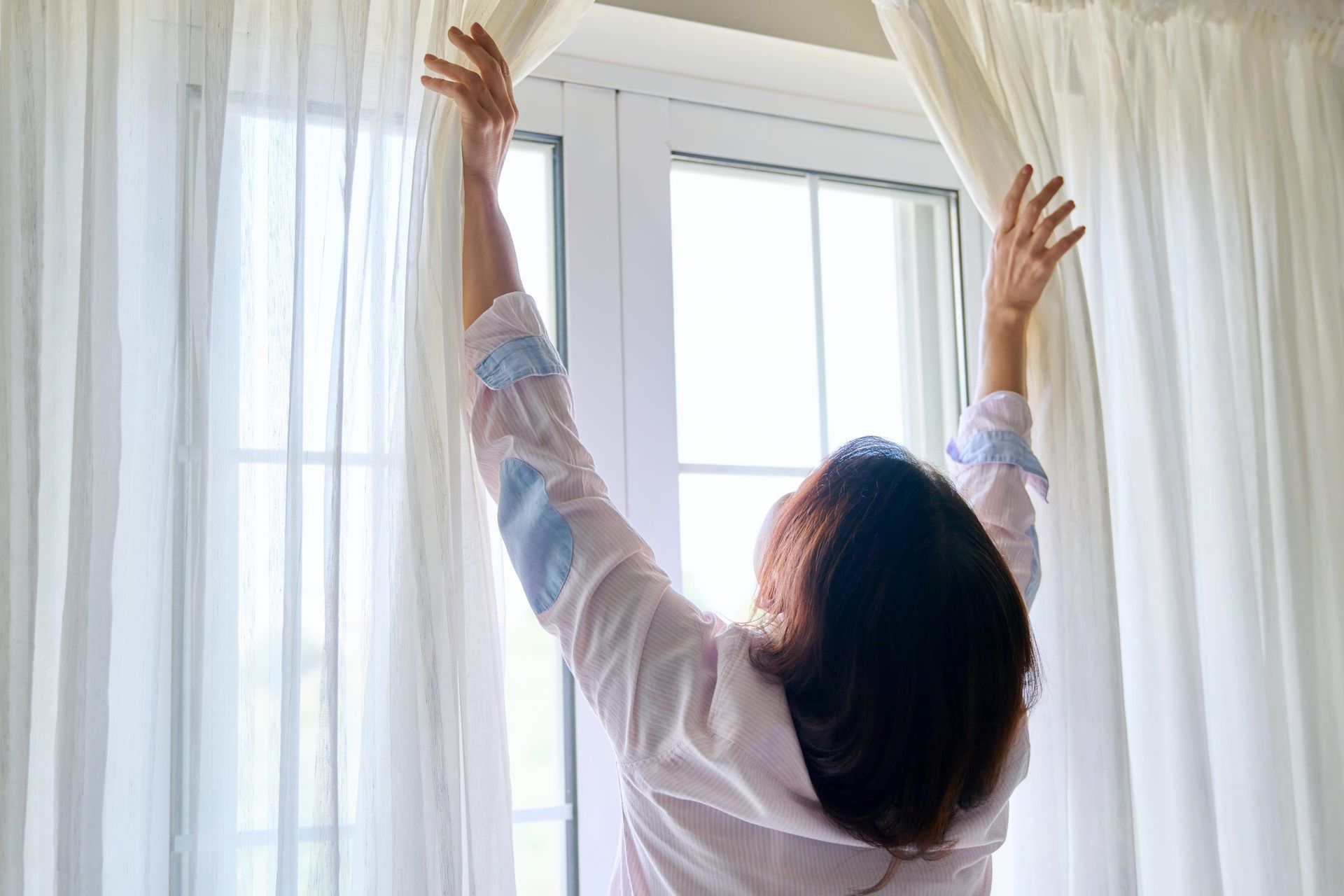
- Audit your existing window coverings for cord safety.
- Replace or retrofit unsafe products.
- For new purchases, select cordless or motorized designs.
- Work with reputable providers like Simply Windows for compliant solutions.
- Stay updated on future safety standards.

